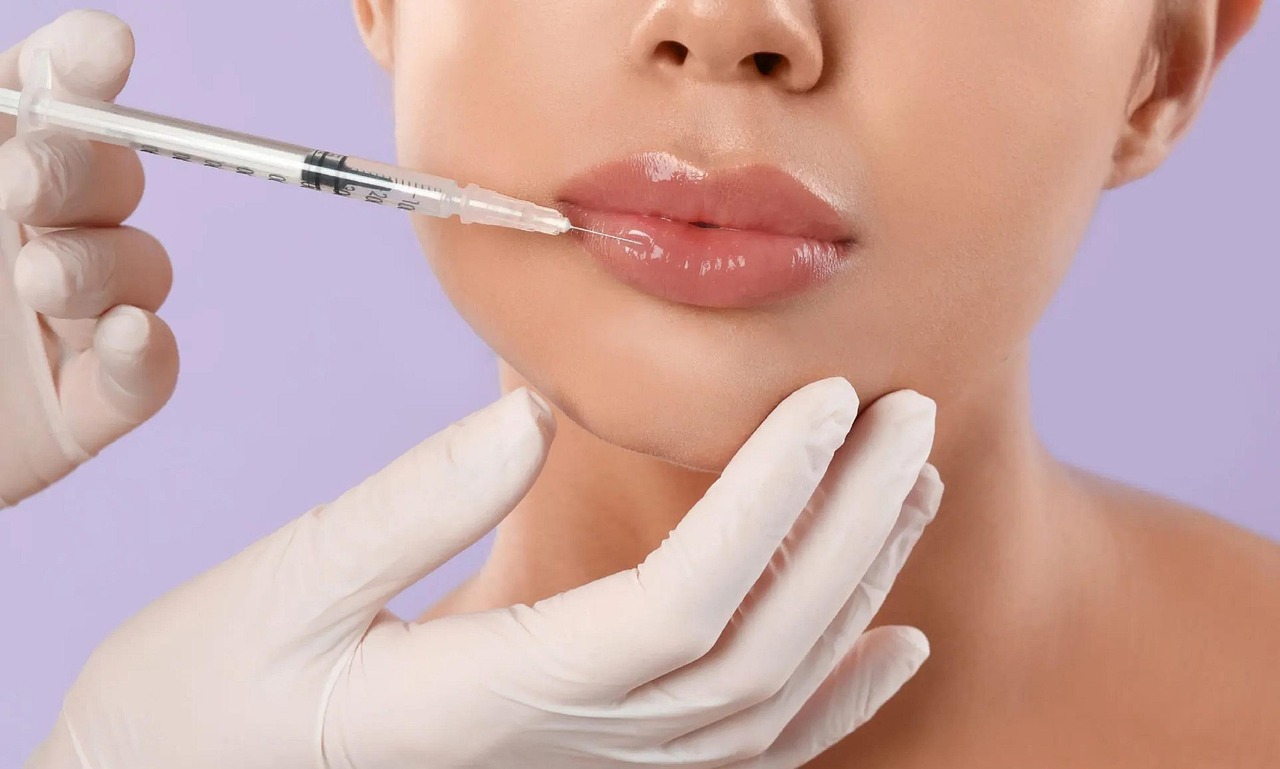Lip Injections: What to Know About Treatment and Safety
Lip injections are a common cosmetic treatment aimed at changing the shape, volume, or symmetry of the lips. People seek injections for subtle enhancement, to restore volume lost with age, or to correct asymmetry. Understanding the options, how procedures work, and realistic outcomes helps you make an informed decision about whether this treatment fits your beauty goals.

This article is for informational purposes only and should not be considered medical advice. Please consult a qualified healthcare professional for personalized guidance and treatment.
How lips respond to fillers and anatomy
The lips are made of delicate skin, muscle, and fat with a rich blood supply. Fillers work by adding volume to the soft tissues or by stimulating collagen production, depending on the product. Because of the complex vascular anatomy, injection technique and placement matter for both aesthetic results and safety. Providers consider lip border definition, cupid’s bow, vermilion height, and balance with the rest of the face when planning treatment to achieve proportions consistent with a patient’s facial structure.
How injections can align with beauty goals
People pursue lip injections for a range of beauty goals: fuller volume, smoother texture, improved symmetry, or subtle refinement of shape. Clear communication about desired results is important; images and precise language help clinicians tailor the approach. Expectations should be realistic: fillers can enhance natural contours and provide temporary volume but cannot permanently alter bone structure or dramatically change facial proportions without staged procedures or additional treatments.
Types of cosmetic fillers commonly used
Most cosmetic lip injections use hyaluronic acid (HA) fillers, which are FDA-approved for many facial areas and can be adjusted or partially dissolved if needed. Other options historically include longer-lasting semi-permanent fillers and fat grafting, each with different durability and risk profiles. HA fillers vary in viscosity and cross-linking, which affects how they feel and how long they last. Your provider should explain the specific product choice, why it suits your anatomy, and expected duration of effect based on the filler used.
What an injection procedure involves
A typical appointment begins with assessment and discussion of goals, followed by cleansing and possible topical numbing. Some clinicians use small cannulas, others use needles; both techniques have pros and cons. Injections are placed precisely to target volume and contour while minimizing swelling and bruising. Sessions usually last 15–45 minutes, depending on complexity. Clinicians should review potential risks, discuss aftercare, and provide consent forms. If noticeable asymmetry or overcorrection occurs, follow-up adjustments may be offered.
Treatment aftercare and recovery expectations
Aftercare helps manage swelling and reduces complication risk. Common recommendations include avoiding strenuous activity for 24–48 hours, keeping the treated area clean, using ice to limit swelling, and avoiding blood-thinning medications or supplements unless cleared by a provider. Mild bruising and swelling are common and typically resolve within several days to two weeks. If results appear uneven after initial swelling resolves, a follow-up visit can address touch-ups. Maintain routine dental and oral hygiene and inform your provider about any infection or unusual pain.
Safety, side effects, and when to seek help
Lip injections are generally well tolerated, but risks include bruising, swelling, lumpiness, infection, allergic reaction, and, rarely, vascular occlusion if filler is inadvertently injected into a blood vessel. Prompt recognition and treatment of serious complications is essential; signs like severe pain, cold or pale skin, or changing color in the lip area warrant immediate attention from a qualified clinician. Choosing a licensed, experienced provider who follows sterile technique and has contingency plans for complications reduces overall risk.
Conclusion
Lip injections can be an effective, reversible way to modify lip volume and shape as part of a broader beauty or reconstructive plan. Success hinges on clear communication about goals, an understanding of product options, realistic expectations about results and longevity, and careful selection of a qualified provider. Before proceeding, review qualifications, ask about the specific filler, understand aftercare, and consult a medical professional to discuss personalized risks and benefits.




